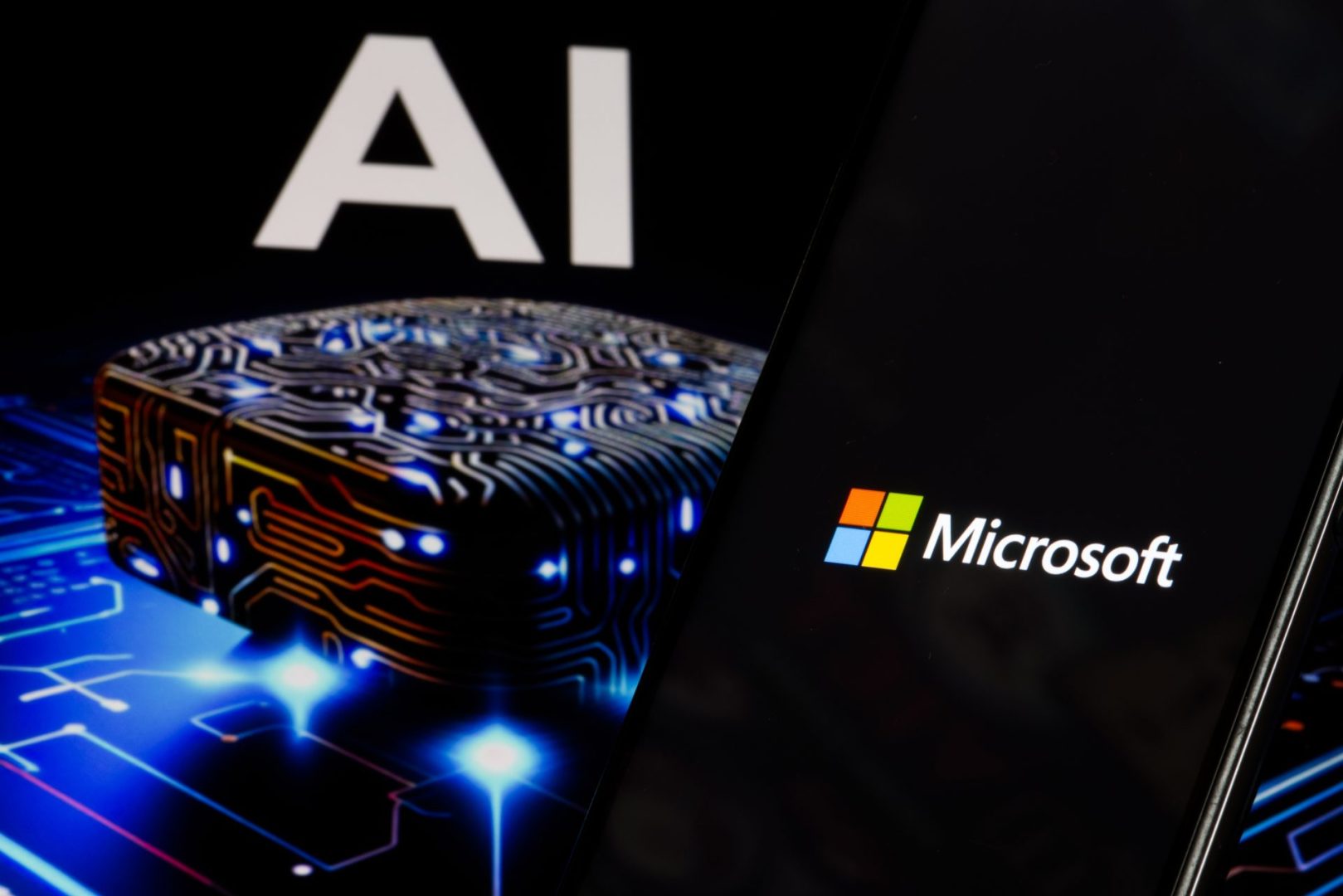


On January 9, 2025, Nvidia, under the leadership of CEO Jensen Huang, unveiled its ambitious Cosmos platform for robotics, which features advanced AI models trained on an impressive 20 million hours of video data. This platform includes the GR00T Blueprint for humanoid robots, signaling a significant leap in robotics technology. The humanoid robot market is projected to reach $38 billion in the coming decades, with forecasts suggesting the emergence of a humanoid robot indistinguishable from humans by May 2052 and a reliable household robot by January 2034 [3c8241d2].
However, this rapid advancement in automation has sparked pushback from labor unions, which are advocating for protections as companies have invested approximately $15 billion in robotics since 2019. In response to these concerns, a tentative agreement was reached to prevent a strike at East and Gulf coast ports, stipulating that new technology can only be implemented if it creates jobs [3c8241d2]. Both former President Donald Trump and current President Joe Biden have expressed support for job protection measures for union workers, highlighting the political dimensions of the ongoing debate over automation and labor rights.
Microsoft President Brad Smith has also weighed in on the conversation, emphasizing the critical need for AI skills training in the workforce. His goal is to train 2.5 million Americans by 2025, a move aimed at equipping workers with the necessary skills to thrive in an increasingly automated job market [3c8241d2]. As the robotics revolution unfolds, the balance between technological innovation and the protection of labor rights remains a central theme in discussions surrounding the future of work and economic policy.
In the context of Microsoft's recent $80 billion investment in AI and infrastructure, the company's commitment to workforce development aligns with broader trends in the tech industry, where the integration of AI and robotics is reshaping job landscapes. As companies like Microsoft and Nvidia push forward with their technological advancements, the challenge will be to ensure that these innovations benefit workers and do not exacerbate existing inequalities in the labor market [0a97c971][baf68efe].